Not a week goes by at Huff Harrington Fine Art without a client asking us to explain an abstract painting to them. They're drawn to a particular piece but can't quite put their finger on what the attraction is - or even articulate what they like about it.
We tell our clients to rest easy. As gallerists, our first and foremost goal is to educate our clients and to explain what’s behind the magic on that abstract canvas.
Crunchy texture and plenty of white space are trademarks of Theresa Girard, a very talented abstractist.
(First of all, a little history: abstraction grew as a school of painting in the late 1800's as a reaction to the popular styles of classicism and realism. You could say abstraction is the polar opposite of those schools of art, which were grounded in the idea of reproducing a form of reality on the canvas.)
Balanced composition and distinct contrast = a great abstract painting by Christina Doelling.
There's no wrong answer!
Without an easily identifiable subject, an abstract painting can be frustratingly hard to define - and more than a little intimidating. So, maybe it's easier to remember that the beauty of abstract art is this: There. Is. No. Wrong. Answer. The artist has created color and texture on the canvas and it's up to each individual to interpret the painting in their own way. In other words, open your mind and let the painting take you where it will. That might even change every time you look at the same painting.
Perfecting the edit
MacKenzie, who helps run the gallery (and who absolutely adores abstracts), likes to explain it to our clients this way: abstract painters have perfected the art of the edit. They have simply reduced the painting to its most simple self with color, form and medium.
"I love this explanation of abstract art that I heard years ago: abstract art is the same as representational art - just with less information," Mackenzie says.
Mel Rea's Revelry combines shapes, color, texture and a glorious palette. What do you see in this painting?
And yes, it's much harder than it looks
So what goes into creating an abstract painting? It’s not just haphazardly applying paint to canvas and hoping for the best – instead it’s layers and layers of intense thoughtfulness and technical complexity that artists spend years learning and honing. Did you know that most abstractists are skilled at drawing, have a keen sense of composition and are able to masterfully mix colors? In fact, many abstractists are perfectly capable of creating an exquisite landscape or still life – but choose to create paintings that are not bound by physical resemblances. We’ve heard several of our Huff Harrington abstractists tell us that creating an abstract is way more challenging than painting something representational.
Zae, "The Warm Path Back" Even though there's a lot going on here, the composition feels balanced.
What am I looking at?
When we’re looking at an abstract, we want to see an interesting composition on the canvas. We like to think ying and yang: contrast versus white space (or, negative space), detail and intricacies versus simple brush strokes. A beautifully composed abstract engages the eye and encourages you to explore the entire canvas – or zero in on patches of paint and layers of pigment. Drips, swirls and swaths of paint all contribute to the overall spirit of the painting.
Annie King uses well-defined shapes and white space to create tension on her canvases.
Medium is another important component of the abstract painting. We love it when artists pile on the pigment to create texture, movement and depth on the canvas. We’ve known painters to add everything from dirt and sand from their favorite beach to specially formulated gels and high tech paint additives to get the viscosity they’re looking for.
Debora Stewart's Gestural Abstract.
Palette is important, too. No matter what style an artist paints in, the ability to mix colors is probably one of the hardest tricks to master. Without those tools, a painting can end up looking dull, flat and muddy.
Alien what?
Speaking of palette, one of our favorite terms is “alien color” – and yes, most people look at us like we’re from outer space when we throw it out there. Alien color is a touch – a brushstoke or the swoop of a palette knife – of a color that is completely out of context in the painting but draws attention and adds that undeniable wow factor. Here's a great example of that:
Charles Ross loves to use a touch of pink (that's the alien color!) in his mostly monochromatic paintings.
We get it: most people either love abstract art or hate it. But having the tools to understand what you're looking at is always a good thing.
Another thought from abstract-loving Mackenzie: "an abstract painting pushes the collector to venture out of their comfort zone and appreciate an idea in a totally new and obtuse way," Mackenzie says. "At the end of the day, isn't that what art is all about?"
We couldn't agree more. The sheer beauty of art is that it's completely subjective and personal - and boils down to this: buy what you love and you'll love it forever, no matter what the style.
Ta ta.
(And if you have more questions about abstract art, come see Mackenzie and the rest of us at the gallery. We can happily talk about it all day long!)
 Zae's In the Pink is a punchy and strong abstract.
Zae's In the Pink is a punchy and strong abstract.

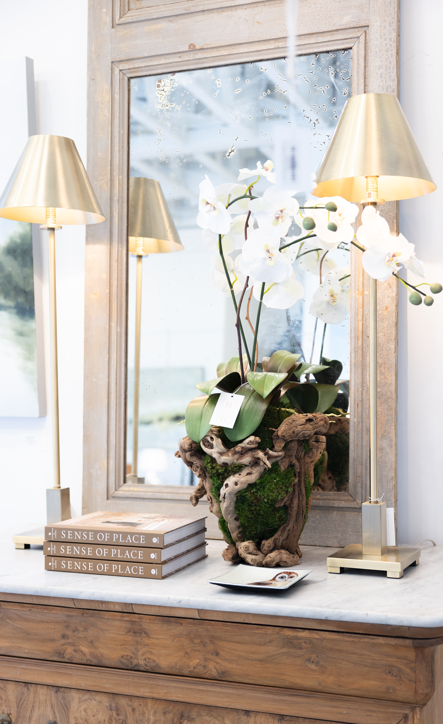
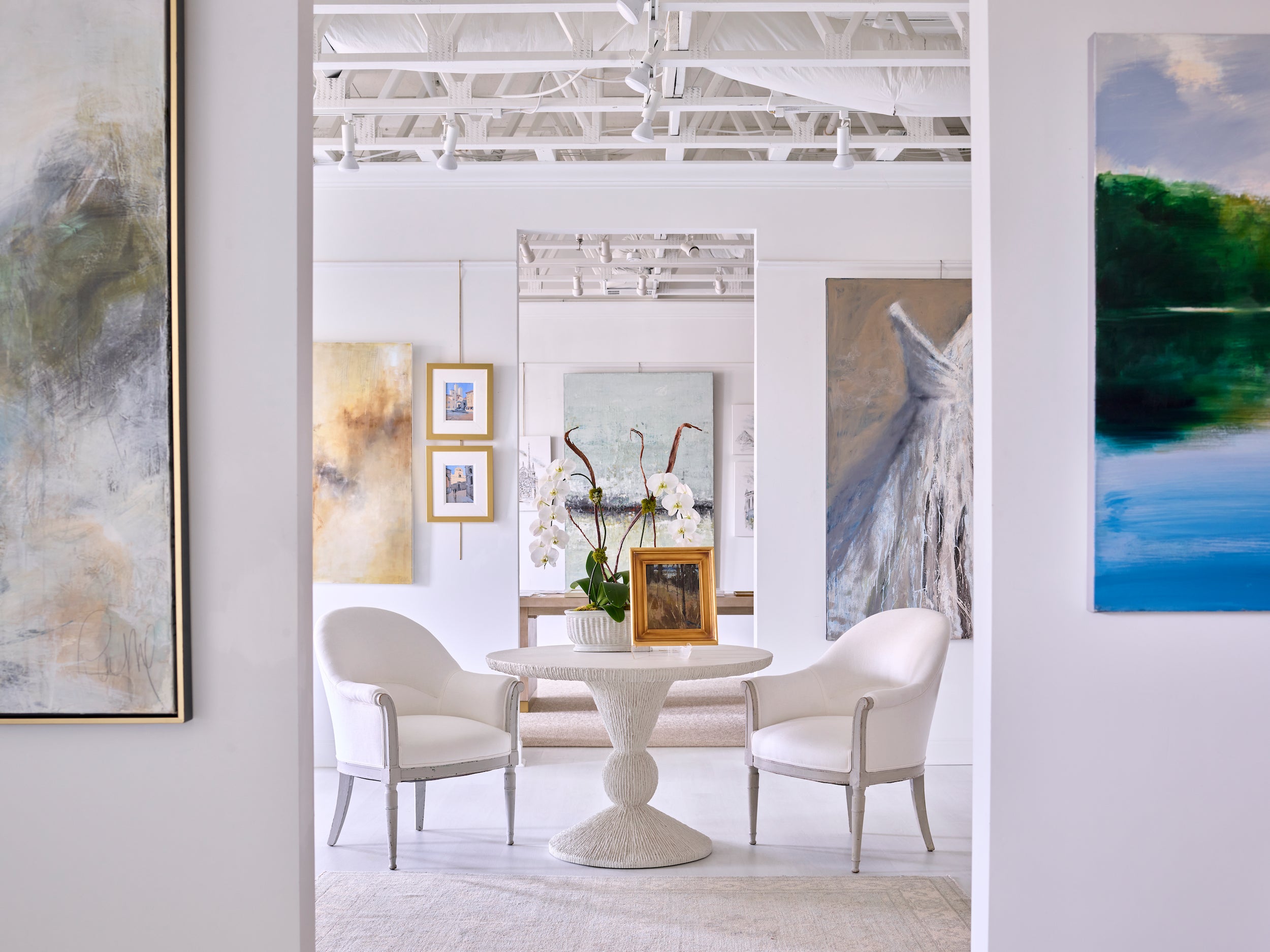

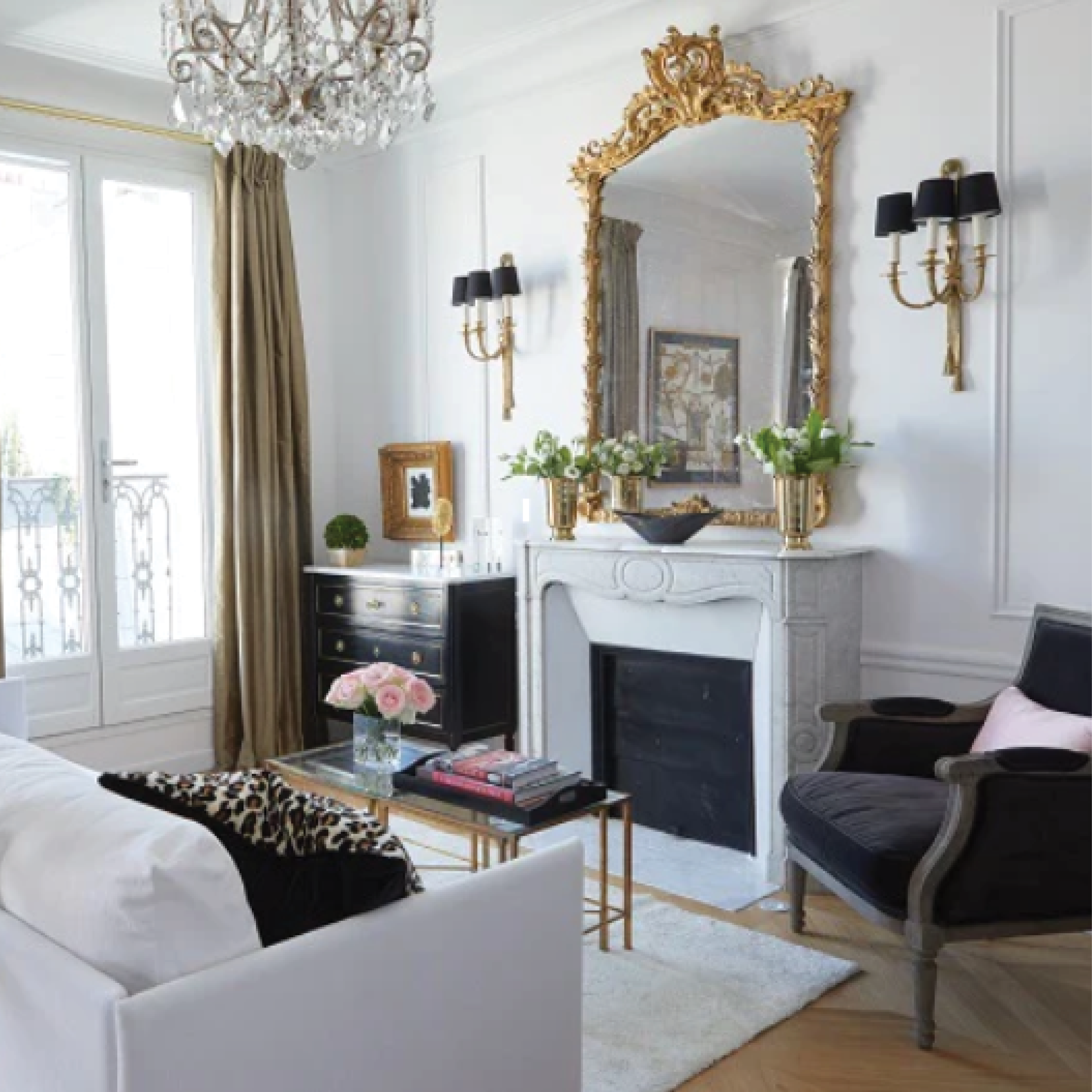

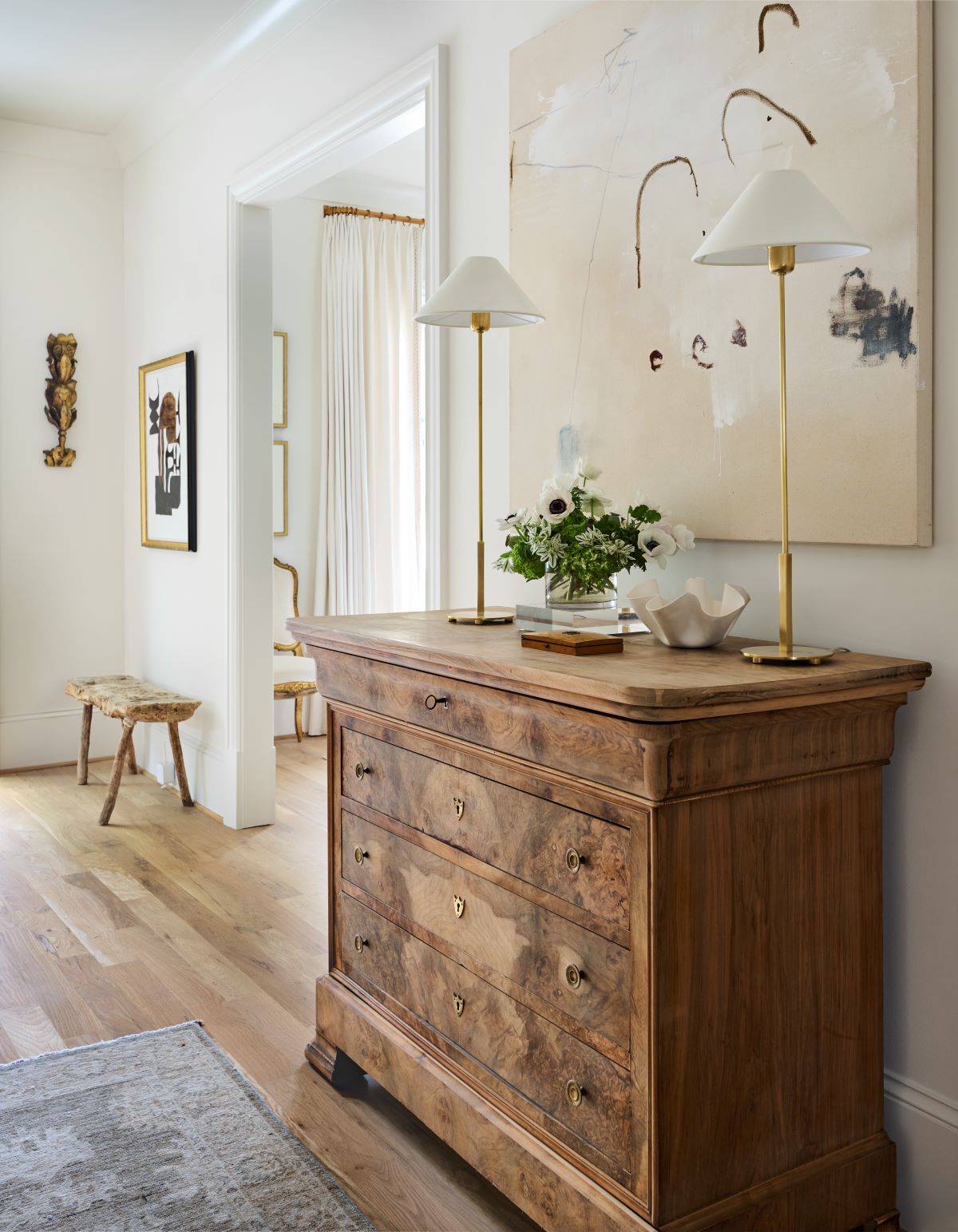








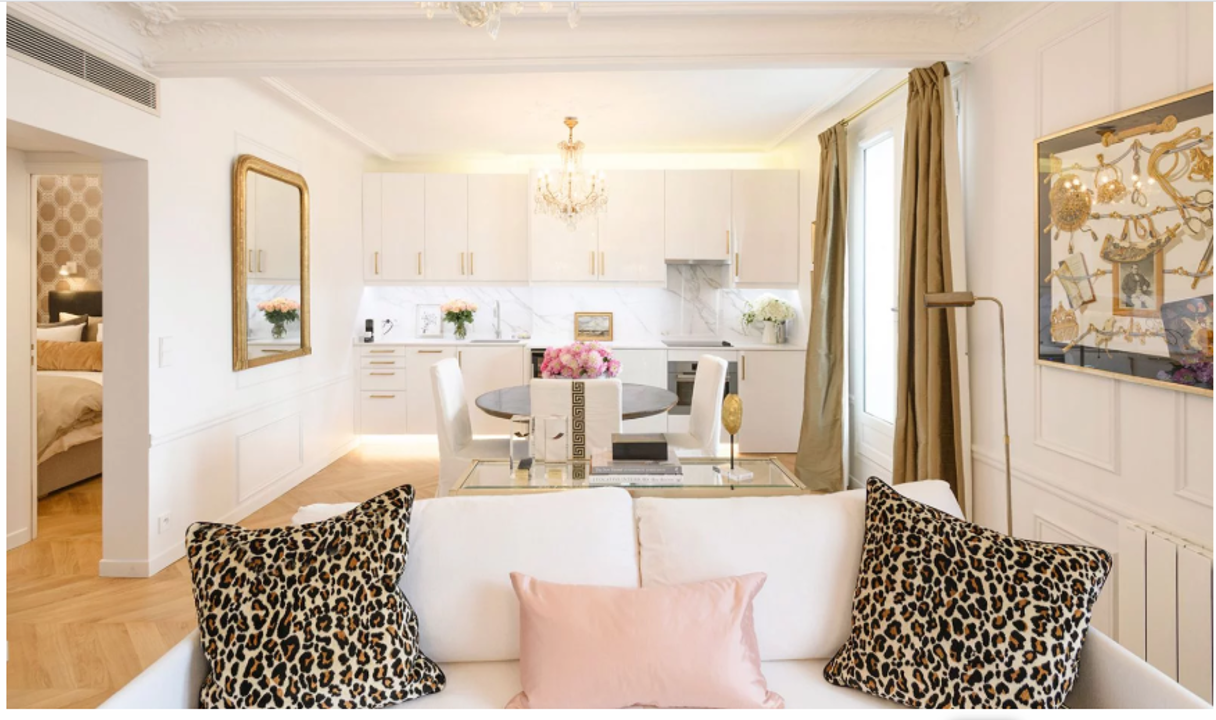
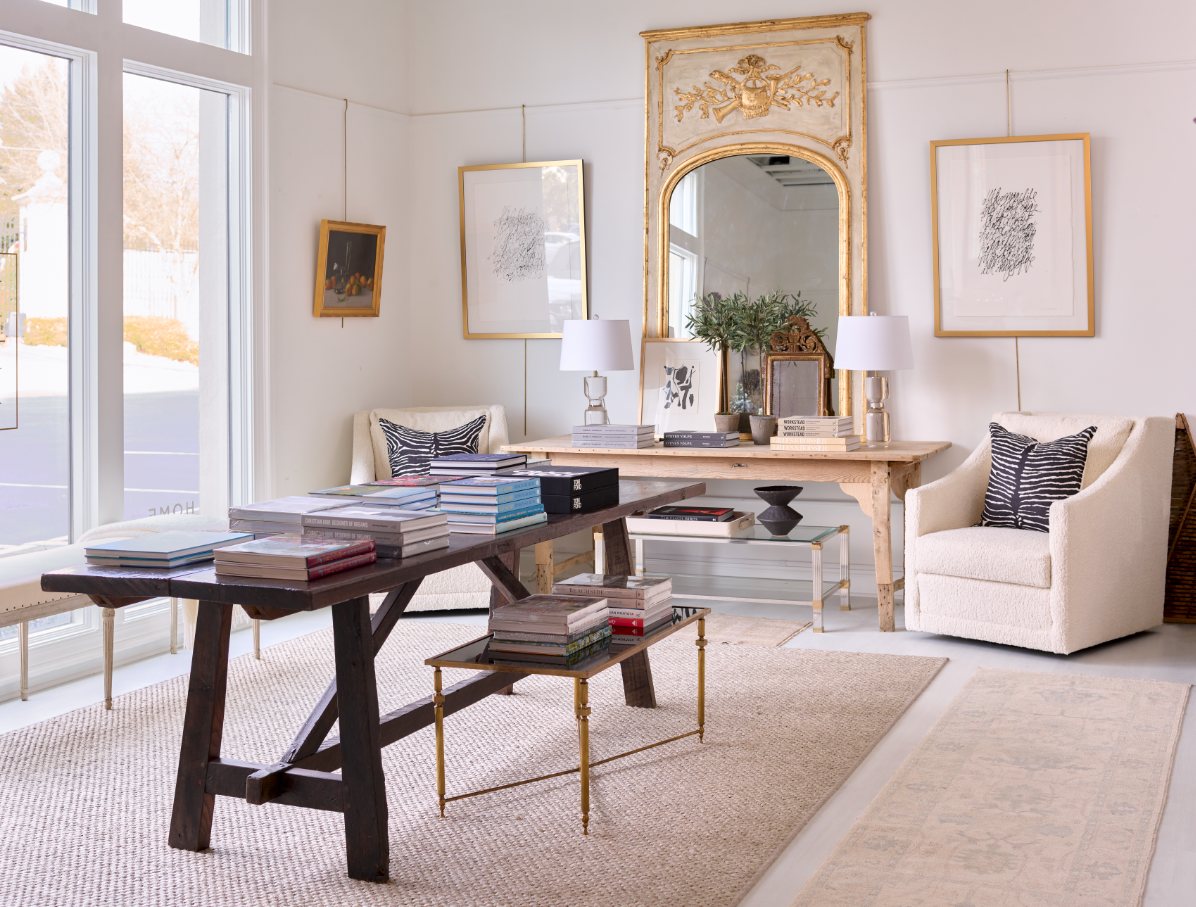
2 comments
Julia Wilson
Great post! I really like Mackenzie’s explanation, which highlights the fact that abstracts allow the viewer to supply their own insight and interpretation.
Great post! I really like Mackenzie’s explanation, which highlights the fact that abstracts allow the viewer to supply their own insight and interpretation.
Joseph Raymond
Great Job at explaining abstract paintings ladies!
Live your Instagram feed!
Cheers!
Joseph Raymond
@josephraymond_fineart
Great Job at explaining abstract paintings ladies!
Live your Instagram feed!
Cheers!
Joseph Raymond
@josephraymond_fineart